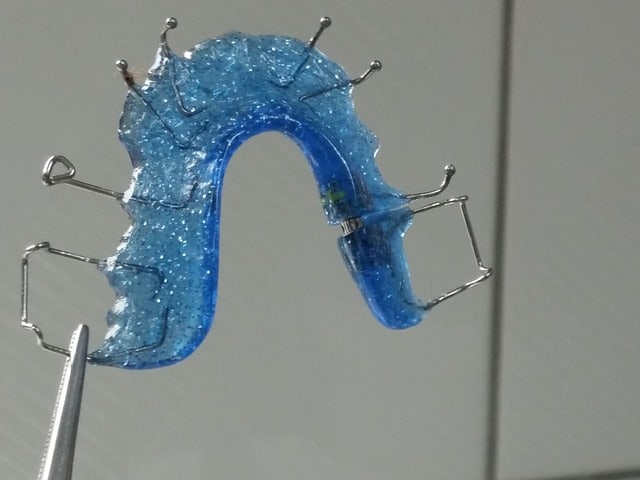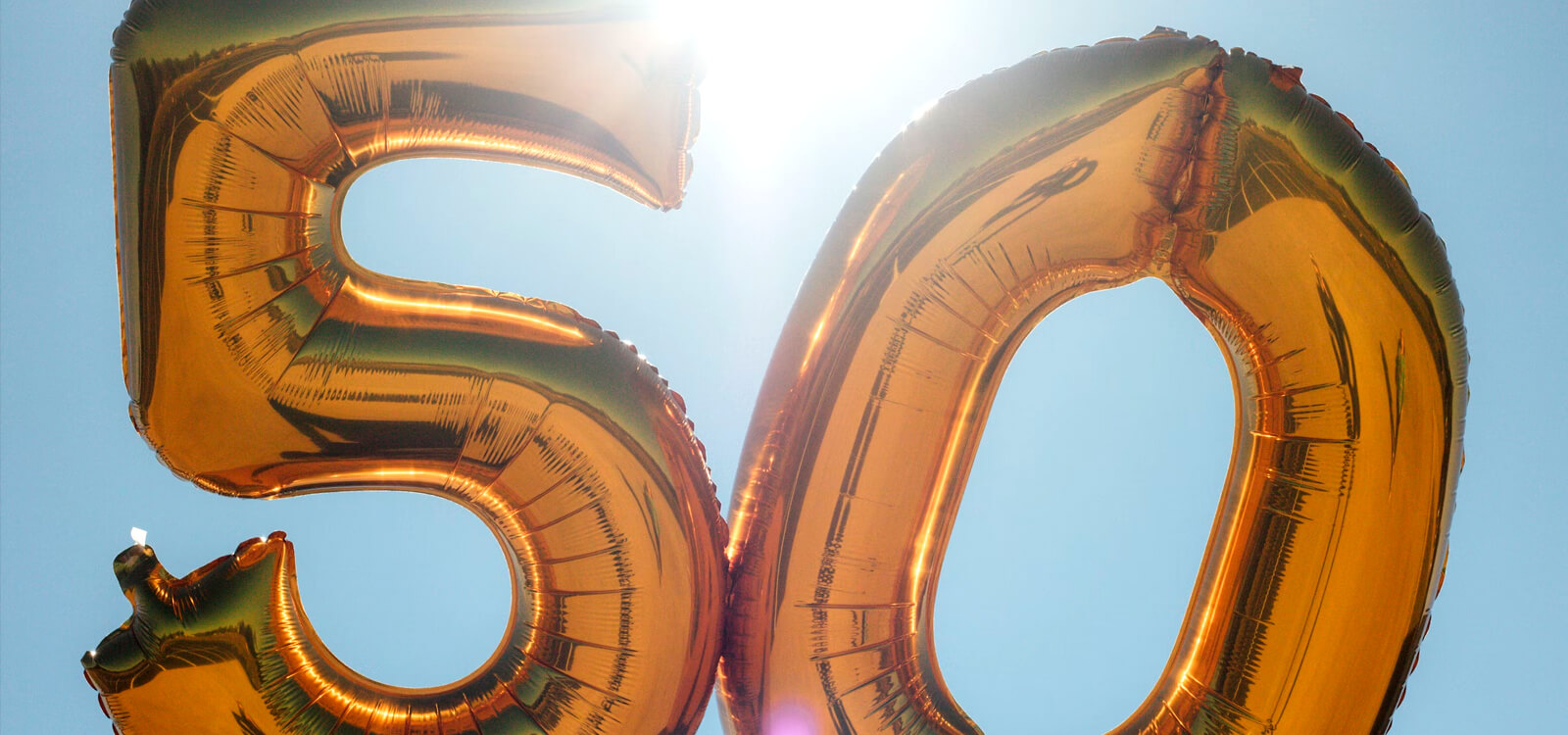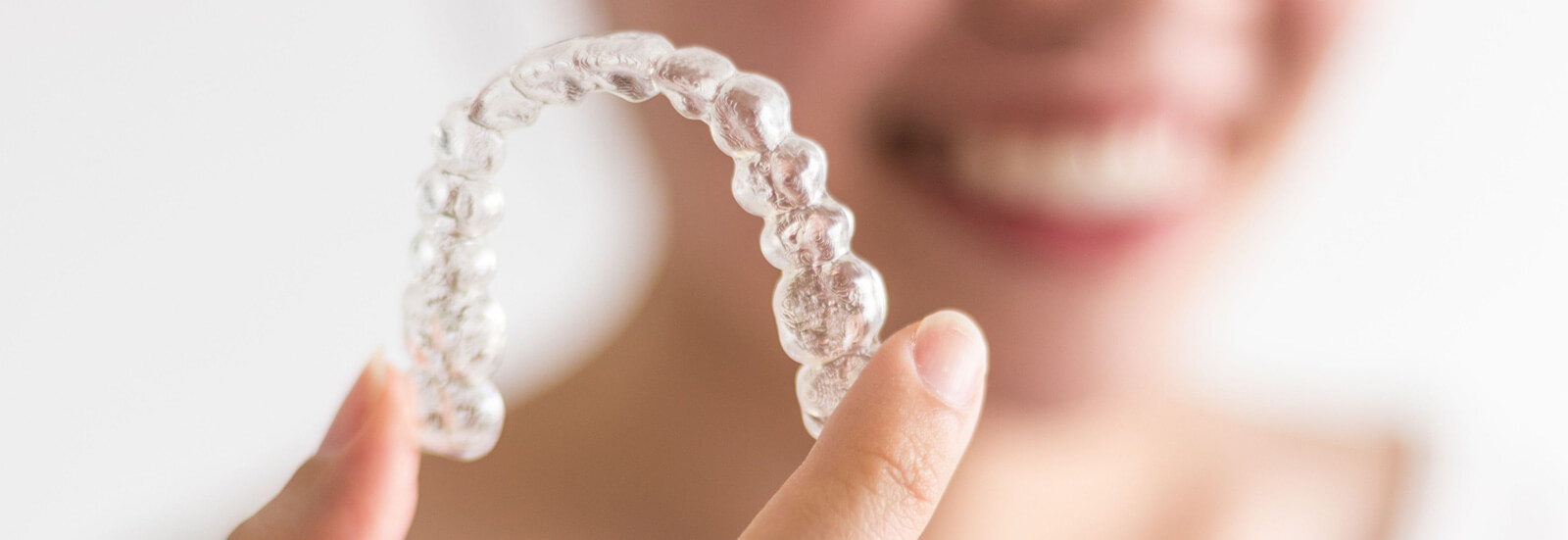If you or one of your children has been wearing braces it’s exciting to finally have them removed. Whether you’ve used plastic, metal, or Invisalign to correct your teeth, there are two phases of treatment. After going through the first step in orthodontic treatment you want to make sure to finish the entire process and maintain that gorgeous smile. Wearing a retainer after treatment is an integral part of the process. The following information discusses the reasons why wearing your retainer is so important.
LAST UPDATED: JUNE 28, 2017
FAQ
How Can I Prevent Reversal of Treatment?
Teeth are designed naturally to be moveable. That’s what makes orthodontic treatment possible in the first place. Once they have been straightened, however, teeth may have a tendency to shift back to their old positions if not held in place for several months after the initial treatment is completed. This is normally referred to as “relapse.”
Even though a minor amount of movement of the teeth will occur in everyone’s mouth throughout their lifetime, it may be more dramatic right after they have been straightened. This can be especially true for children whose mouths and teeth are still developing. It is normally recommended for retainers to be worn on a regular basis for approximately two years after the first phase of treatment has been completed. An orthodontist will know how much time is needed to wear the retainer.
Do Retainers Help the Gums and Bones to Align?
Not only do the teeth need to stay in their new positions, but the gums and bones in the mouth need to align to these new positions as well. The soft and hard tissues that are around the teeth may take longer to align to a different position. Wearing the retainer helps the gums and bones to realign and for the new bite to stabilize.
It’s important to remember that teeth are not solidly fixed in the jaw like posts surrounded by concrete. Each tooth is held in a socket by elastic ligaments that attach the roots to the bone. This type of attachment allows small movements of the teeth. These ligaments are living tissue affected by tooth movements. New ligaments and even bone are formed when tension is placed in and around the teeth. Once this “remodeling” phase has been completed the tissues, ligaments, and bone need time to stabilize. Without the retainer to hold the new position, teeth will tend to go back to the old position. It can take several months, even a few years, for the new position of the teeth to become solidified in this new position.
How Do I Make Sure to Wear the Retainer Properly?
A retainer is molded and designed to fit each individual mouth. It may feel strange when the retainer is first worn and a person may find it difficult to learn to talk with it inside the mouth. It’s important, however, to wear the retainer even if there is initially mild discomfort. Wearing the retainer won’t help as it should if it’s not worn enough or worn properly. Some retainers only need to be worn at night while others may need to be kept in more often. Some types of retainers can be taken in and out while others are permanent. Sometimes a retainer may be worn every day for a period of six months and then only at night for a year or more after that.
Most orthodontic professionals now recommend that some type of retainer be worn at least part of the time for the rest of an individual’s life after the teeth have been straightened. This is not as overwhelming as it may sound and can easily become part of a person’s regular routine. After several years have passed it may only be necessary to wear the retainer 3 or 4 times each week at night. Wearing the retainer a few nights a week while sleeping is an easy habit to get into and will keep the teeth looking beautiful for a lifetime.
It’s also important to care for the retainer when it’s not being worn. Some retainers can be cleaned with toothpaste while others can not. Some retainers may warp and therefore won’t fit properly if not cared for as instructed. It’s also recommended to keep removable retainers away from high heat and in a storage case when it’s not being worn.
What Are the Different Types of Retainers?
There are three general kinds of retainers that are normally used after braces have been removed. The first is called the Hawley retainer. There is also the Essix retainer. Then there are permanent or fixed retainers. The permanent types of retainers are also called bonded retainers.
An Orthodontist will decide which type of retainer is best for each individual after the teeth have been straightened. There are different aspects of each type of retainer that need to be taken into consideration. Permanent retainers have many benefits including that they are normally put on the back of the teeth and can’t be seen. The other advantage is that there is no need to worry if someone is going to wear them enough since they are permanent. A disadvantage is that it may be more difficult to properly brush and floss the teeth and to remove all food particles and bacteria.
Contact Us Today for an Appointment
Not every orthodontic office has two experts to examine and treat patients but Nease and Higginbotham Orthodontics does. We make it convenient to drive to our facilities by having three locations in South Carolina:
• Spartanburg Orthodontics
• Gaffney Orthodontics
• Duncan Orthodontics
At our state-of-the-art orthodontic facility, patients have the opportunity to meet with two qualified orthodontists who understand how to determine the most appropriate braces for patients. Anyone with unsightly misaligned teeth can schedule an appointment with a telephone call or online form to talk to:
• Dr. Phil Higginbotham
• Dr. Eric Nease
Nease and Higginbotham
1785 E. Main Street
Duncan, SC 29334
Phone: (864) 579-7700
The Importance of Wearing Retainers
[super-post id=”sp5632780381f20″ title=”Related Posts” items=”5″ show_title=”true” title_length=”0″ title_ellipsis=”…” show_thumbnail=”true” remove_no_thumbnail=”false” icon_height=”40″ icon_width=”40″ icon_empty=”1121″ show_comments=”true” comment_icon=”https://nthdegreeorthodontics.com/wp-content/plugins/super-post/images/comments.png” show_date=”true” show_date_link=”true” date_icon=”https://nthdegreeorthodontics.com/wp-content/plugins/super-post/images/date.png” date_format=”F j, Y” show_author=”false” author_title=”View all posts by {author}” author_icon=”https://nthdegreeorthodontics.com/wp-content/plugins/super-post/images/author.png” show_category=”false” first_category=”true” category_separator=”, ” category_icon=”https://nthdegreeorthodontics.com/wp-content/plugins/super-post/images/category.png” offset=”0″ page_range=”5″ load_text=”Load more posts” query=”related” order=”DESC” post_status=”publish” title_trim=”words” load_style=”none” template=”left”]
Save
Save



